0 Comments
What constitutes quality student work? A few conversations I've been a part of lately have made me ponder this question. It's an important one for art teachers because our value is often determined by the aesthetic appeal of the work of our very best students. The first thing I think about when I consider a work's attributes is who made it. Making, of course, is the physical creation of the work but also the mental effort of planning and problem solving. Most of the art produced in my class room falls under two categories: projects and exercises.
The work in both of these projects is visually pleasing. They are well made and visually interesting. The ownership and the intent, for me, is what makes them outstanding. This is work that is expressive and personally meaningful.
When considering a works "quality", or lack of quality, what we should do is look beyond the technical skill, though that should be taken in to account. We have to also look at the planning - was the student following steps planned by the teacher or did the student do the hard work of selecting the best materials and processes? We have to look at concept - does the work say something, does it mean something? When we think about quality we have to make sure that we aren't comparing teacher planned exercises to authentic, student directed work because there really isn't a comparison to be made. Incorporating a high level of student choice involves quite a bit of trust. Students have to learn to trust their own ability and vision. Teachers have to trust that they can pull it off. Which is hard, especially when you're used to the control over the final product that a teacher directed model brings. So when exam time rolls around sometimes I'm a bit nervous, especially this year with our shiny, new re-vamped units. Did they get it? Often I hear that beginning students should focus on skills, or that they can't make good decisions independently. I disagree. The most important thing I can give my students is a voice. So I challenge them. For their final project I asked my Art 1 students to create a piece around the theme of identity and Art 2 to make work about about a current event or social issue. These are big, hard topics and I wondered how my students would handle them. I was pleased to see that they were ready for the challenge and also interested and engaged. You see, kids have good ideas. Above all, it's our job to teach them how to develop and express them. Here are some examples of student work and writing. All the work pictured here is from Art 1 or 2 - this is not work from advanced students. And what did they think about the class? Did they learn? Again, my students:
"What I liked most about this class was our freedom to make whatever we wanted and ability to interpret the unit however we wanted. It really expanded my horizons and made me think about all of the options I had in this class. I got to make things I actually liked while stepping out of my comfort zone." - Jenna, Art 1 "I liked this class because we got to use our creativity to the fullest extent. We got to experiment with different materials and show our own style. We were able to come up with crazy ideas that may or may not have worked. We got to be ourselves and learn new ways to improve. I don't think anything could make this class better. " - Kearstyn, Art 2 "What I liked about this class was the variation of projects and topics that were introduced. I think we were all pushed in directions we hadn't been before and I know I personally improved my art work through this semester in Art 2" - Eloisa, Art 2 "Before taking this class, art was a much more literal thing to me. If the theme of a project was underwater, I'd draw the ocean. If the theme was nature, I'd paint a landscape. I never put any deep thought or hidden themes in my artwork. Everything was what it seems. Now having taken this class, I refuse to take any project literally. I think Art 2 has made me more conscious of themes in art and allowed me to incorporate them into my artwork. " - Matt, Art 2 |
Mrs. PurteeI'm interested in creating a student student centered space for my high school students through choice and abundant opportunity for self expression. I'm also a writer for SchoolArts co-author of The Open Art Room. Archives
December 2019
Categories
All
|
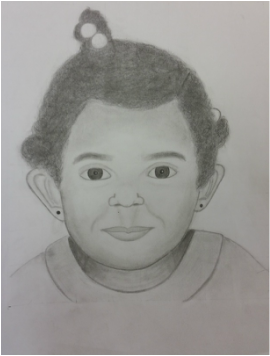
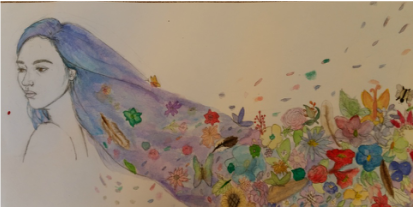
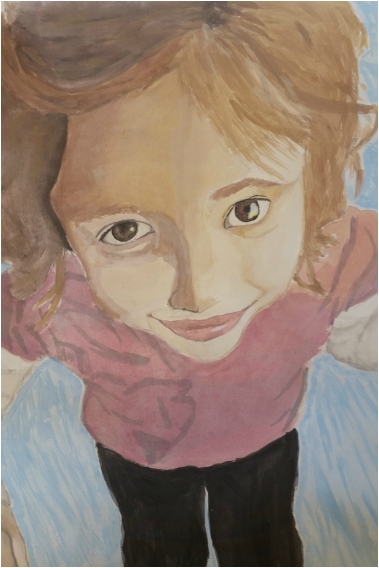
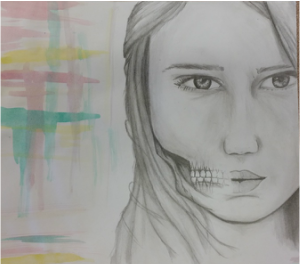
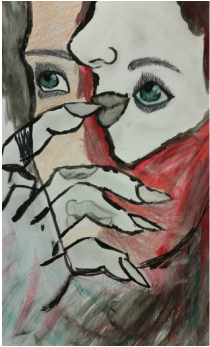
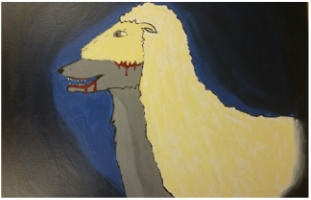
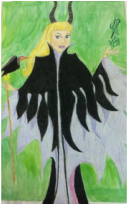
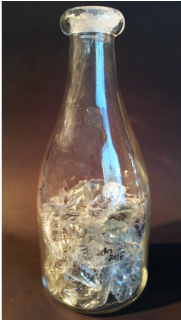
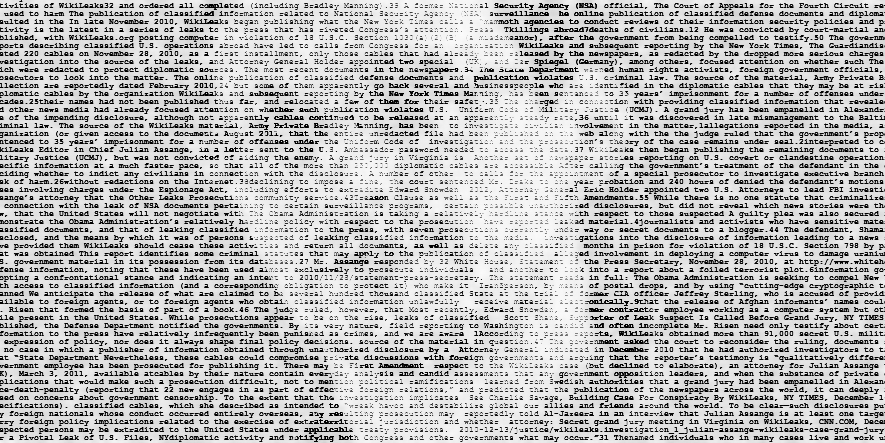
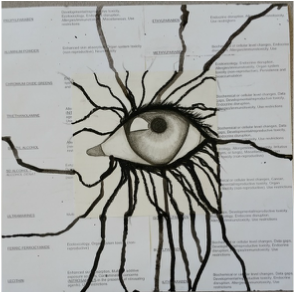
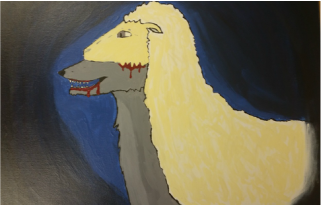
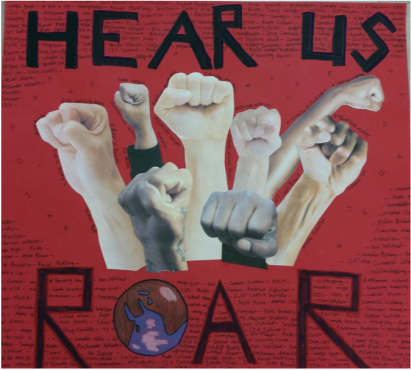
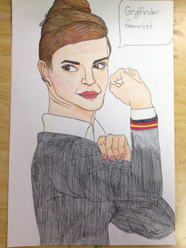
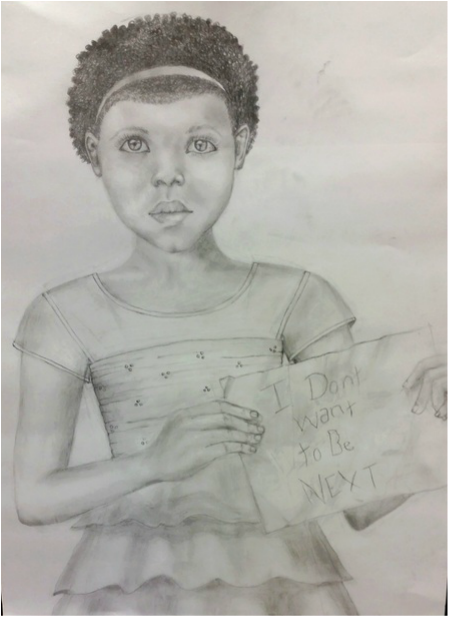
 RSS Feed
RSS Feed
